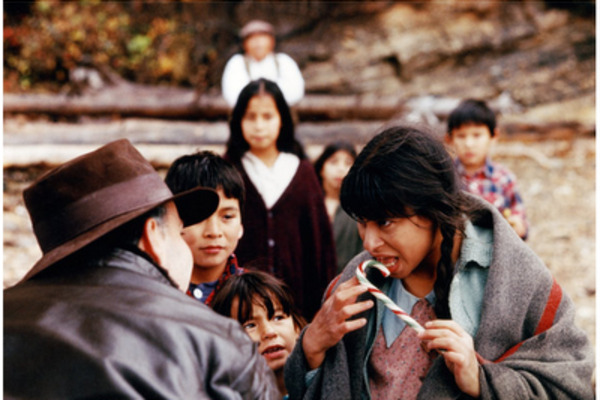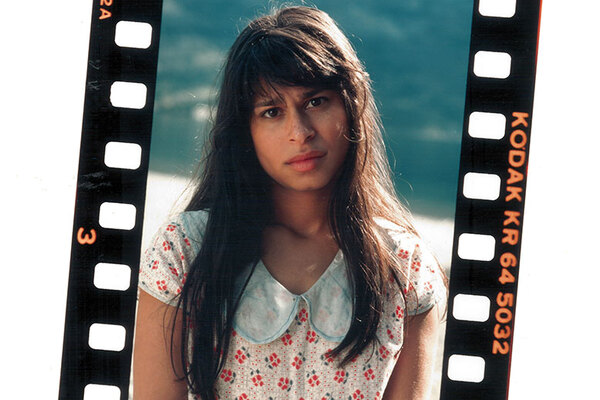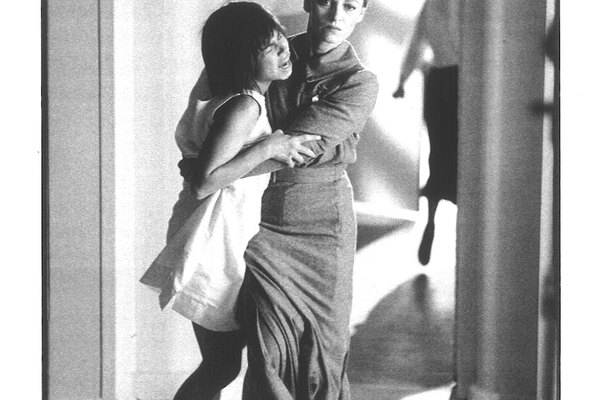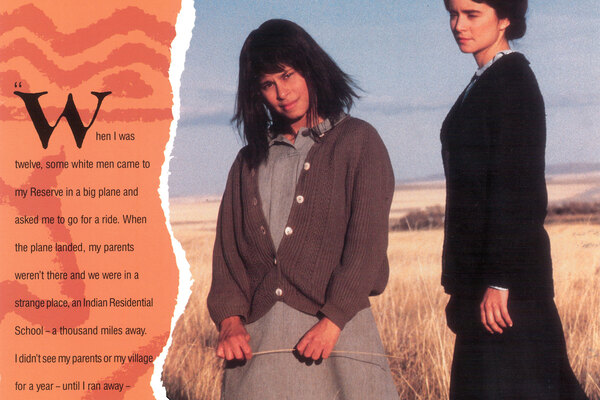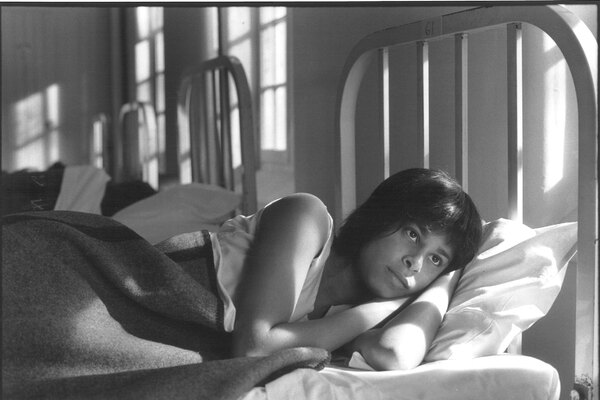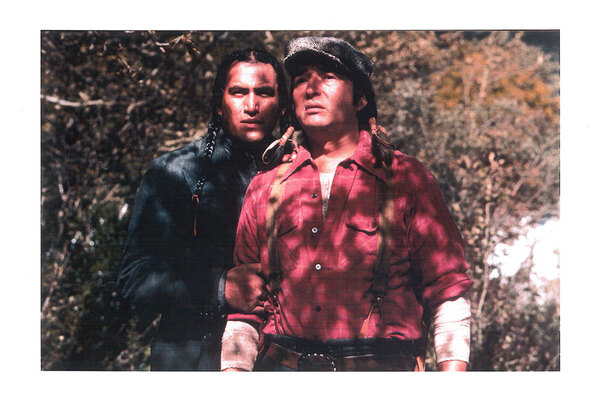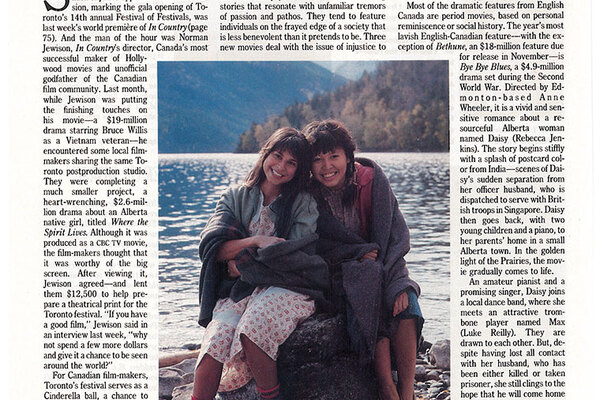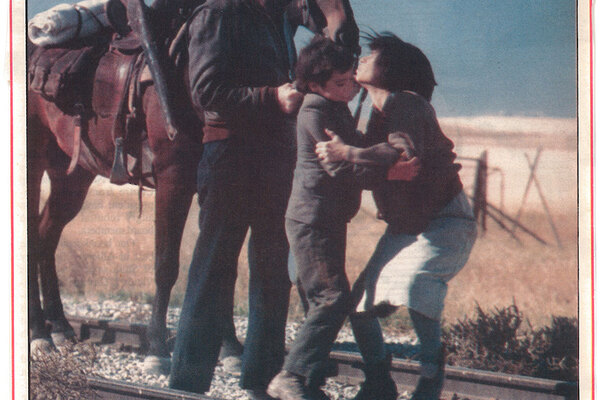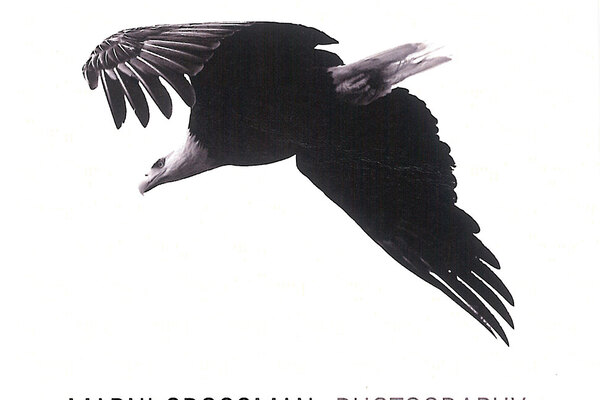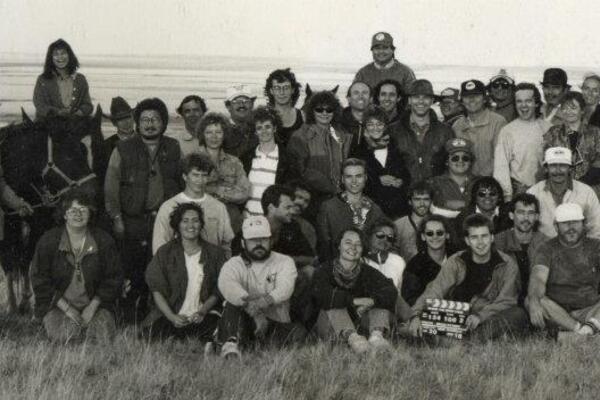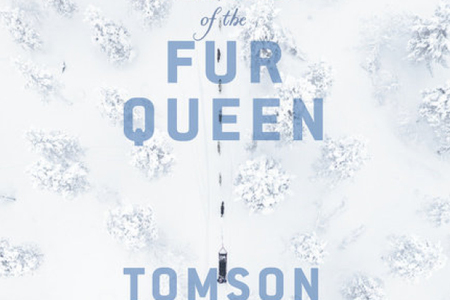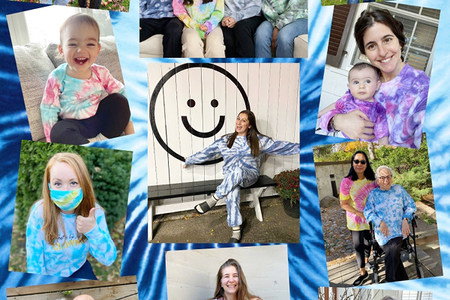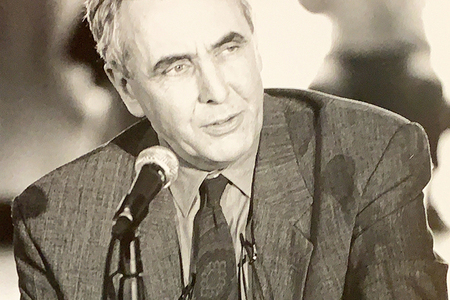See Where The Spirit Lives For Free
The foothills of the Rockies; 1937. Komi, a young Kaina girl, is abducted from her family by an “Indian Agent” of the Canadian government. She’s taken to an Anglican residential school, where she is to have the culture she was born into erased from her life and instead taught white, western culture. But Komi is stronger than she realizes and fights to keep her culture and identity.
This is the premise for Where The Spirit Lives, a film I produced in 1988, and one that I am very proud of. We filmed it at the abandoned St. Paul's Residential School on the Kainai Nation Blood Reserve in Alberta, and at the former Mimico Asylum in Etobicoke, both locations relics of our country’s brutal colonial past.
The idea for the film originated when my fellow producers, screenwriter and I were working on Spirit Bay, a scripted series for and about Indigenous children. From members of our Indigenous cast and creative team we heard disturbing, tragic stories about residential schools. One cast member, a Cree woman my age, told me she was taken by force from her parents on their trapline and put in a residential school, where she was physically and mentally abused. It was years before she saw her family again.
I was shaken to think of that little girl, alone and afraid, without anyone to protect and nurture her, when most Canadian kids were enjoying a happy childhood surrounded by loving families. It was this injustice that inspired us to make Where The Spirit Lives.
The film starred Michelle St. John, Clayton Julian, Kim Bruisedhead, Ann-Marie MacDonald, Ron White, Graham Greene, Marianne Jones, Heather Hess, Cynthia Debassige, Sarah Williams, and the late Franklin Doss, himself a residential school survivor. The film was written by Keith Ross Leckie; directed by Bruce Pittman; and had a musical score by Buffy Ste Marie, with consulting by Michael Doxtater, Rick Tailfeather, Tina Bomberry and the White Buffalo Calf Women’s Society.
Our film premiered at the Vancouver Film Festival in 1989 and won the Audience Choice Award. It then played at TIFF, and over the years it was shown at many other festivals around the world as late as 2002.
Where The Spirit Lives was theatrically distributed in cinemas, had its television premiere on CBC in 1989, and was shown on PBS in 1990. Millions saw the film.
Among the film’s many accolades are Genie Awards for Best Feature, Best Director, Best Screenplay, Best Actress, Best Score and Best Cinematography. In 1989, the American Indian Film Festival awarded the film’s director, Bruce Pittman, Best Director, and in 2002 the same festival awarded the film Best of the 27th Annual American Indian Film Festival.
Critics have called it “the prototype film on residential schools”, and “a powerful and emotional movie underpinned with history, superb acting and beautiful cinematography. It dramatizes the systematic destruction of Indigenous cultures by the colonial powers.”
It’s a sad reality that even 32 years later, the tragic and atrocious history of the residential schools that Where The Spirit Lives dramatized is still not universally acknowledged.
Recently, with the help of Jesse Wente, TIFF Bell Lightbox and Deluxe Labs, the film was restored, making it possible for more people to see it.
You can see it for free on the Encore+ YouTube Channel.
Please watch and share this important work of art.
Where the spirit lives
